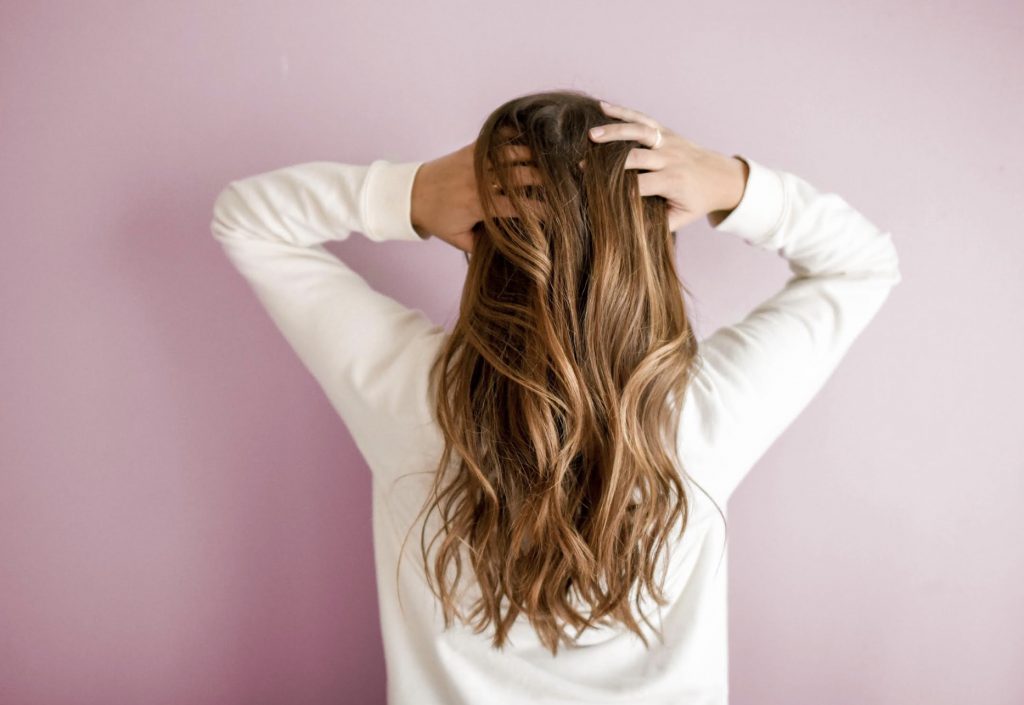Every strand of hair tells a story, and for those with fine hair, it’s a narrative of unique challenges and undeniable grace. Fine hair, while undeniably elegant, can often crave a touch of volume or length to enhance its beauty. The answer? High-quality hair extensions. However, not every extension method is suitable for fine hair. Let’s explore the best techniques to transform and elevate fine tresses, taking inspiration from Viola Hair Extensions’ natural Slavic range.
Understanding Fine Hair: The Basics
Fine hair is often characterized by strands that are smaller in diameter. This doesn’t mean thin hair – it’s about the texture and quality of each strand. Such hair requires special care, especially when considering extensions. Adding too much weight or using the wrong technique can lead to damage.
Tape-In Extensions for Fine Hair
One of the most popular methods for fine hair is tape-in extensions. They’re lightweight and distribute weight evenly across larger sections, preventing strain on natural hair. Especially with the authentic Slavic hair from Viola Hair Extensions, the result is a seamless blend that looks and feels natural.
Micro Ring Extensions: The Gentle Choice
Another fantastic method for fine hair is micro ring extensions. They don’t require heat or glue, which means less potential damage. The tiny rings, clamping the extension to the natural hair, are discreet and, when applied correctly, won’t cause undue stress or tension.
Keratin Bonds: Natural Movement
While keratin bonds involve applying heat, when done professionally and with high-quality products like those at Viola Hair Extensions, they offer a durable and natural-looking result. Each strand is customized, ensuring flexibility and movement similar to natural hair.
What to Avoid: Techniques Not Suitable for Fine Hair
Fine hair, with its delicate texture, deserves only the best. While several hair extension methods beautifully complement fine strands, others might not be so gentle or effective. Here are some techniques and practices that those with fine hair should generally steer clear of:
- Heavy Clip-In Extensions: As previously mentioned, these can be too weighty for fine hair. The clips might pull on the roots, potentially causing hair breakage or even loss.
- Sewn-In Weaves: This technique often requires braiding the natural hair and then sewing extensions into the braids. For those with fine hair, this method can be too stressful, leading to tension and possible breakage.
- Glue-in Extensions: While they might seem secure, the glue can sometimes cause damage when it’s time for removal, especially if not done correctly.
- Low-Quality Extensions: Always invest in high-quality hair extensions like those offered by Viola Hair Extensions. Cheap, synthetic extensions might not blend well and can cause more harm than good.
- Ignoring Professional Advice: Always consult with a hair professional before deciding on a technique. They can provide tailored advice based on your hair’s unique needs.
Caring for Extensions: A Brief Guide
Embarking on the transformative journey with hair extensions demands not just the right choice but also meticulous care. Here’s how to ensure longevity and radiance for your extensions:
- Choose Sulphate-Free Shampoos: Sulfates can strip hair of its natural oils, making extensions more prone to tangling. Opt for gentle, nourishing products that hydrate without causing harm.
- Be Gentle When Brushing: Always use a wide-toothed comb or a special brush designed for extensions. Start from the tips and work your way up to reduce the risk of tugging or pulling.
- Regular Maintenance is Key: Regular visits to your hairstylist will ensure that any loose extensions are fixed and that your natural hair remains healthy. These appointments are also an excellent opportunity to deep-condition the extensions, ensuring they remain soft and tangle-free.
- Avoid Excessive Heat: While styling, always use a heat protectant and try to use low heat settings. Over time, excessive heat can wear down extensions, causing them to look less natural.
- Night-Time Care: Consider braiding your hair or tying it in a loose ponytail while sleeping to avoid tangling. Satin or silk pillowcases can also help reduce friction.
With the right care regimen and informed choices, your extensions will not only elevate your fine hair’s beauty but will also last longer, giving you value for your investment.

